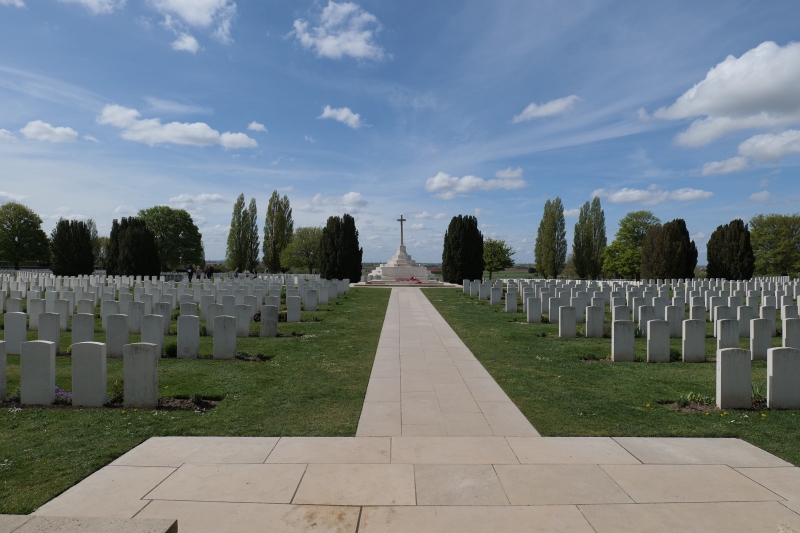Lately, I’ve regularly been traveling in Belgium, notably in an area called “Flanders Fields.” From 1914 to 1918, this area was a major battle theatre on the Western Front. As a result, numerous memorials of World War I can be visited there. Around Ypres, the number of cemeteries is staggering.
Visiting some of these cemeteries last weekend, I was impressed. As always on such occasions, I wasn’t sure what to make out of being impressed. Even more so, because the time we live in now feel to me as if what seemed to be a promise of peace brought by democracies after WWII slowly dissolves.
“In Flanders Fields” is also the name of a poem written by John McCrae. He was a Canadian, a poet, a physician, and a soldier during the First World War. As the story goes, he wrote “In Flanders Fields” the day after the death of his friend. But also, after becoming aware of how poppies populated the battlefield and the space between the graves where he had buried him.
It was a scene that caught his attention and imagination. And a flower that represented the ambiguity characteristic of WWI. It is vulnerable and ephemeral, and yet irrepressible. Its colorfulness is uplifting but also wilting. A few years after the war the remembrance poppy appeared. An artificial flower worn in some countries to commemorate their military personnel who died in war. And a symbol present in all the cemeteries I visited.
These visits left a mark. I’ve been impressed in the literal sense of the word. Enough, to come back from these visits and develop my understanding of the different symbols, of the characteristics of the different cemeteries, and of the different moods they all invited me into.
To me, it is a reminder of how one and the same events can be experienced with vastly different perceptions of it. All of them are visible in the different cemeteries but also in the way all are well kept and integrated in the area they are in.
I’m sure that every visitor leaves with his own impression. But all of them probably experience a struggle related to how wars transform history. And that’s what being impressed is about in this case.
Symbols don’t provide answers. They help develop a collective memory. Incomplete as it might be, it provides everyone with something one can think about if one has let oneself be impressed. It establishes a connection. Starting to uncover the meaning of the symbol then enables access to the history it carries.


